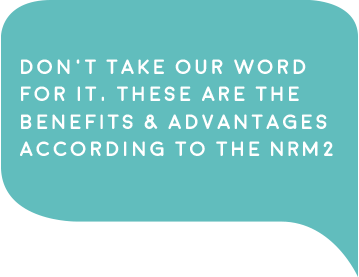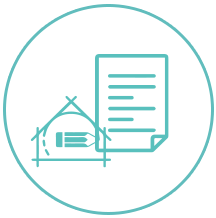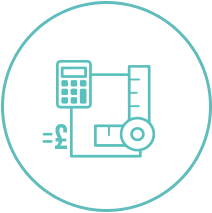
2.2.1 The primary purposes of a bill of quantities (BOQ), which becomes a contract document, are to provide a co-ordinated list of items, together with their identifying descriptions and quantities, that comprise the works to enable contractors to prepare tenders efficiently and accurately; and when a contract has been entered into, to: provide a basis for the valuation of work executed for the purpose of making interim payments to the contractor; and provide a basis for the valuation of varied work.
2.2.2 Essentially, a BOQ is a list of the items with detailed identifying descriptions and quantities, which make up the component parts of a building.
2.3.1 Irrespective of what contract strategy is used, at some stage in the procurement process one party will need to quantify the extent of works to be executed; whether it be the employer’s quantity surveyor/cost manager, the main contractor or the work package contractors for the purpose of obtaining a price for completing building works, valuing the extent of work complete for purposes of payment, valuing variations in the content or extent of building works, or to support applications for tax or other financial incentives. Consequently, detailed measurement for the purpose of bill of quantities (BOQ) production is beneficial for a number of reasons:
- it saves the cost and time of several contractors measuring the same design in order to calculate their bids for competition;
- it provides a consistent basis for obtaining competitive bids;
- it provides an extensive and clear statement of the work to be executed;
-
it provides a very strong basis for budgetary control and accurate cost reporting of the contract (i.e. post contract cost control), including:
- the preparation of cash flow forecasts,
- a basis for valuing variations, and
- a basis for the preparation of progress payments (i.e. interim payments); - it allows, when BOQ items are codified, reconciliation and any necessary transfers and adjustments to be made to the cost plan;



